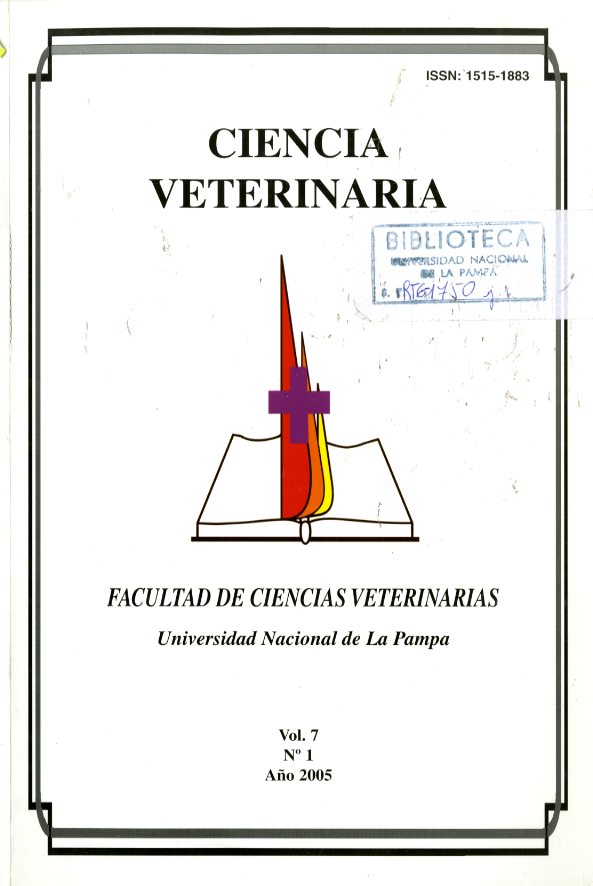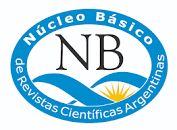Impacto de la fertilización nitrogenada sobre la producción y la composición química de trigo doble propósito y otros forrajes invernales: revisión bibliográfica
Keywords:
Dual purpose wheat, Winter forages, Nitrogenous fertilizationAbstract
Wheat crop and livestock raising are an important source of income in the center east of the country. The livestock yield relies on perennial forage resources and yearly forage crops during the winter. Winter grasses are an essential part of the forage chain in the fattening season for cattle or milk production in this region. The so-called dual purpose wheat (DPW) refers to using this crop with two aims: cattle grazing and crop yield. Thus, the dual purpose wheat is a forage option in farming and livestock raising mixed systems. During the winter season there exists a decline in forage supply and at the same time the demand for grain crops increases. In this way DPW may produce greater efficiency in the utilization of the available resources. Due to the irrational use of the soil, nitrogen (N) is in great shortage in most of the countrys surface. According to bibliography nitrogenous fertilization increases dry matter (DM) yield and hastens the cycle of forage utilization as well. The percentage of wheat gross protein (GP) increases while non structural soluble carbohydrates tend to diminish. Nevertheless, nitrogenous fertilization seems to have no pronounced effect on the other nutritional components.Downloads
Downloads
Published
How to Cite
Issue
Section
License
Al momento de enviar sus contribuciones, los colaboradores deberán declarar , de manera fehaciente, que poseen el permiso del archivo o repositorio donde se obtuvieron los documentos que se anexan al trabajo, cualquiera sea su formato (manuscritos inéditos, imágenes, archivos audiovisuales, etc.), permiso que los autoriza a publicarlos y reproducirlos, liberando a la revista y sus editores de toda responsabilidad o reclamo de terceros , los autores deben adherir a la licencia Creative Commons denominada “Atribución - No Comercial CC BY-NC-SA”, mediante la cual el autor permite copiar, reproducir, distribuir, comunicar públicamente la obra y generar obras derivadas, siempre y cuando se cite y reconozca al autor original. No se permite, sin embargo, utilizar la obra con fines comerciales.



4.png)


7.png)



